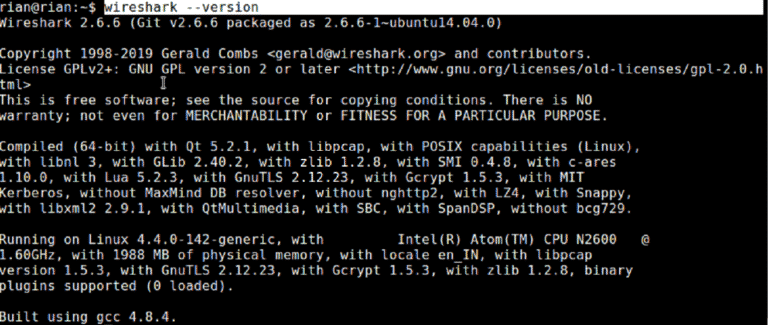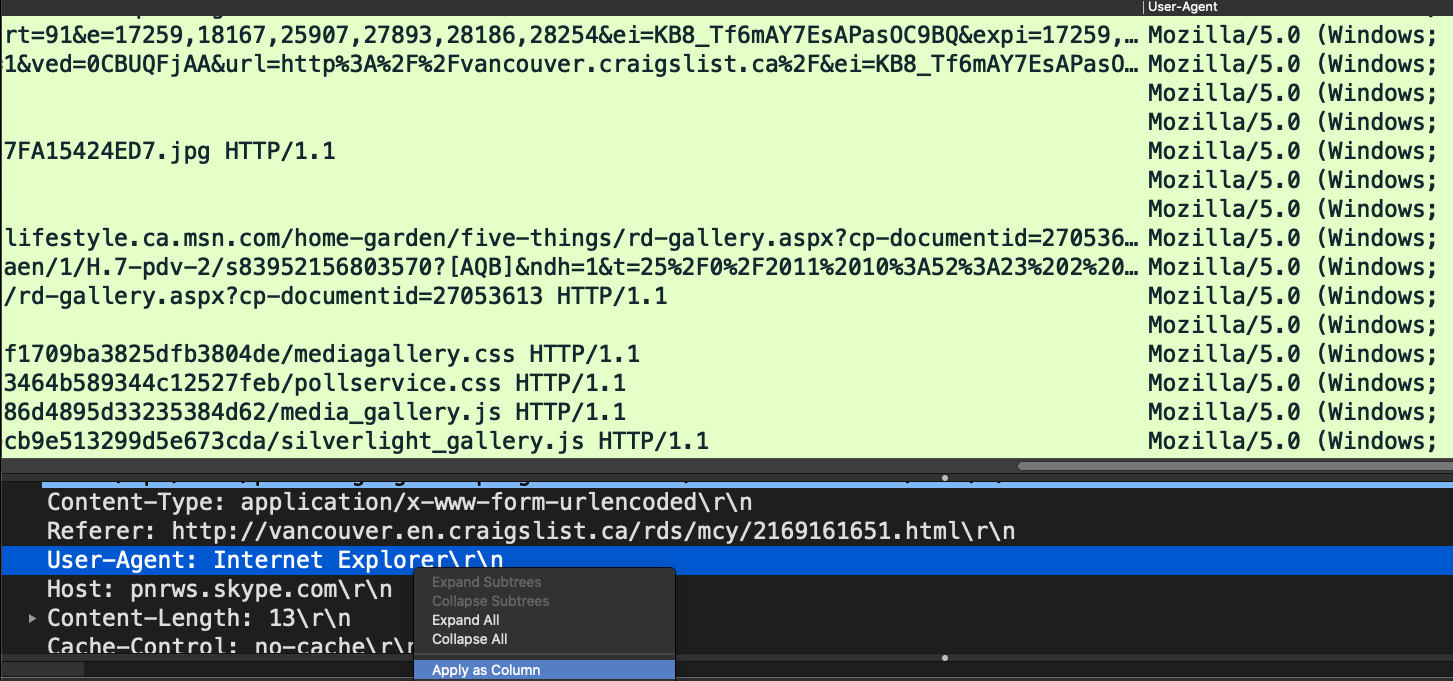

- #How to use wireshark to do forensic analysis install
- #How to use wireshark to do forensic analysis 64 bits
- #How to use wireshark to do forensic analysis software
PortslHosts – the results of the port scan, including the well-known services for those ports.
#How to use wireshark to do forensic analysis software
Scanning can be used as a passive attack in the form of reconnaissance.Īfter running a scan, the software will output results from the IP range you selected:
It can be either legitimately or maliciously used to quickly scan thousands of ports, and discrimination between ports in open, closed and filtered states.īy default, Nmap performs an SYN Scan, which works against any TCP stack. Nmap is a tool used to discover hosts and services on a network, and create a “map” of the network. ICMP is used in reconnaissance by Kali Linux #How to use wireshark to do forensic analysis 64 bits
After the destination, unreachable message returns it sends back the IP header and 64 bits of the original datagram. We have the IP header to send the packet to the target. 2 – Redirect Datagram for Type of Serviceįrame 5 Destination unreachable port unreachable snmp 161. RFC 792 –” ICMP is actually an integral part of IP, and must be implemented by every IP module.” Used to compute delay between time stamps. ICMP is used by ping because it can generate echo-request/echo-reply query messages.įour types of query messages that characterize the output generated by the ping command. Not used to exchange data between systems. ICMP is used by routers, intermediary devices, or hosts to communicate updates or error information to other routers, intermediary devices, or hosts. Go to where you saved the file and open it! Right-click follow TCP stream and save the file as raw data and click save as mystery.jpg 
jpgĬan reassemble and obtain content if data is not encrypted To transfer data like directory contents or files, a secondary channel, port 20 is used.įilter FTP-data traffic – then follow the TCP stream.The Command channel is designated on port 21 for the FTP server.Purpose of FTP is to transfer files over TCP The server responds with information it has or asks other DNS servers for the information Look up other host names such as mail exchange (MX) recordsĪ client sends the query to DNS server for an IP address

Transfers name information between DNS servers
Domain Host Configuration Protocol (DHCP)įilter UDP and you will see the DNS packetsĬonvert symbolic host names such () to an IP address (72.14.204.103). It is a simple protocol and that does not provide any ordering or data integrity services.Ĭommonly used in video streaming and time-sensitive applications. Provides connectionless Transport Layer service to other applications on the internet without having to go through a handshake or connection process. Review port numbers, flags, SEQ ACK numbers, stream index The bottom is the individual Packet Bytes. The Packet List view – a list of all the packets received during the capture session. Once you open a capture you will see three panes: We will be using pre-captured packets found in your folder and review they normal traffic versus abnormal traffic #How to use wireshark to do forensic analysis install
The tool we will use for demonstration is Wireshark, formally Ethereal, an open-source packet analyzer ĭownload and install Wireshark – make sure you install WinPCap (Windows Packet Capture) if you are using Windowsįor a live capture, launch Wireshark and click the name of an interface under Capture Interfaces to start capturing packets on that interface.Ĭheckmark the interface you want to capture onĬonfigure advanced features by clicking Options Select the interface with active packet exchangeĮasily find help in Wireshark-including Sample Captures The OSI model is a seven-layer representation of how data changes in form as each layer provides services to the next layer In order to understand packet analysis, you must understand the way data is prepared for transit. To see all traffic, port monitoring or SPAN on a switch is used, or use a full-duplex tap in line with traffic Traffic seen will be unicast, broadcast, or multicast. On a switch, the packet sniffer will see only data going to and from the switch to the capture device Traffic captured is dependent on the placement of the device.
Perform regulatory compliance through content monitoring perimeter and endpoint trafficĬarnivore (FBI – monitors all of a target user’s Internet traffic). Detect network intrusion attempts and network misuse. The information can identify bottlenecks and help maintain efficient network data transmission. Showing the field values in the packet according to the appropriate RFC or other specifications. Packet analysis uses a packet sniffer, network monitor or analyzer, to monitor and troubleshoot network traffic.Īs data flows across the network, the sniffer captures each packet decodes the packet’s raw bits







 0 kommentar(er)
0 kommentar(er)
